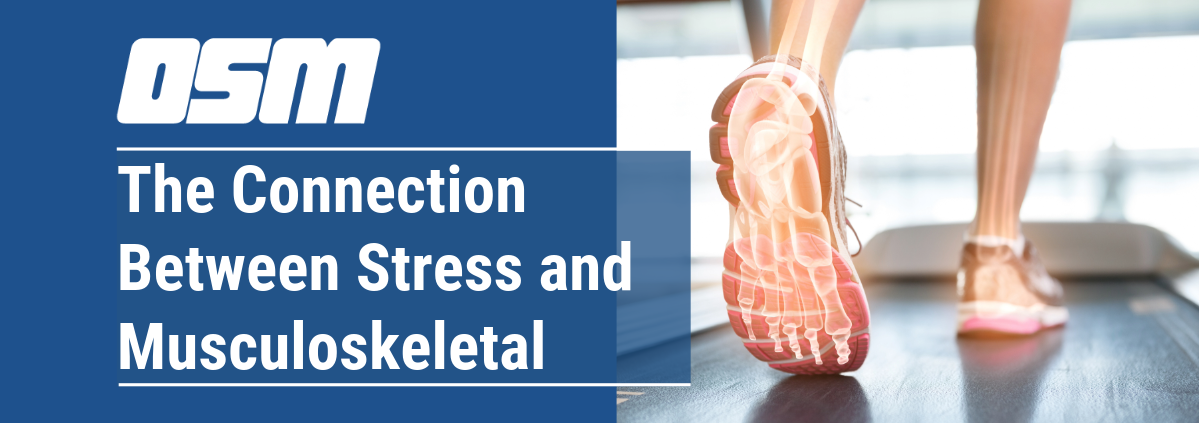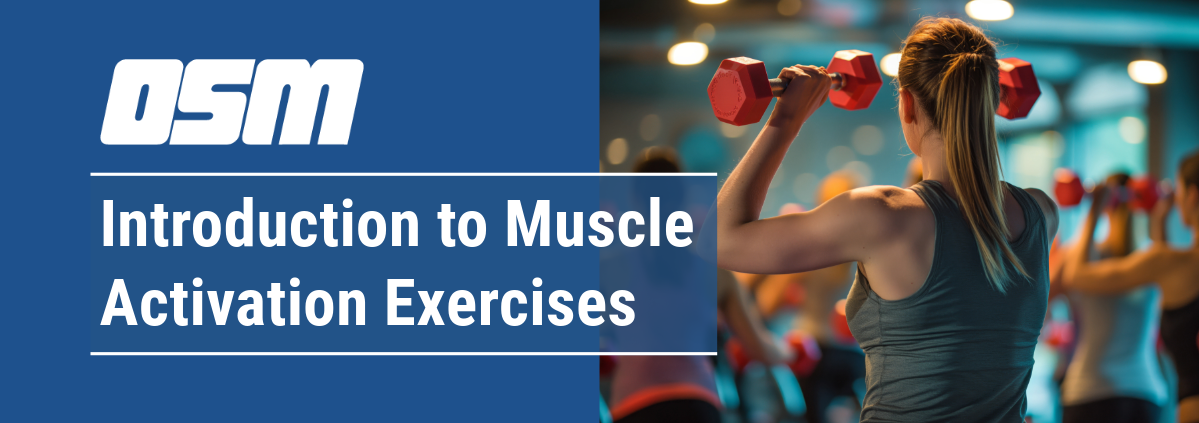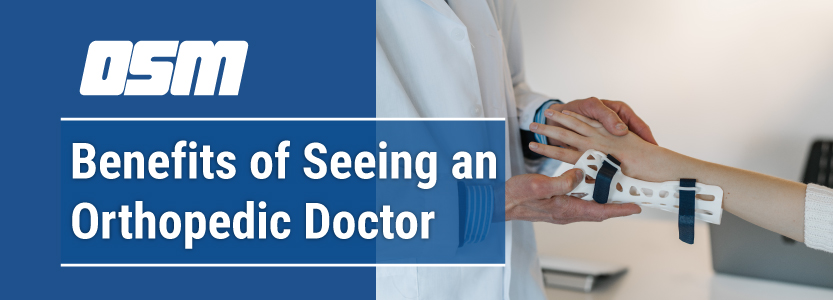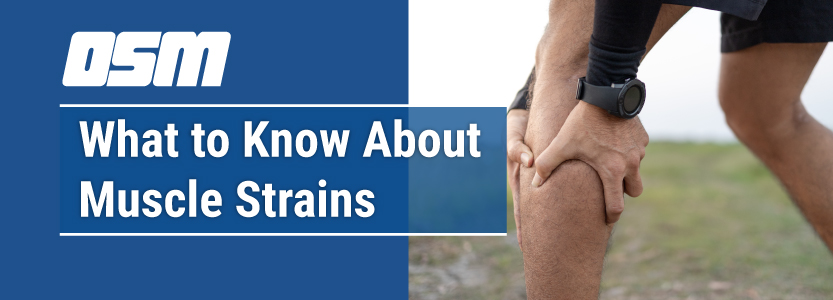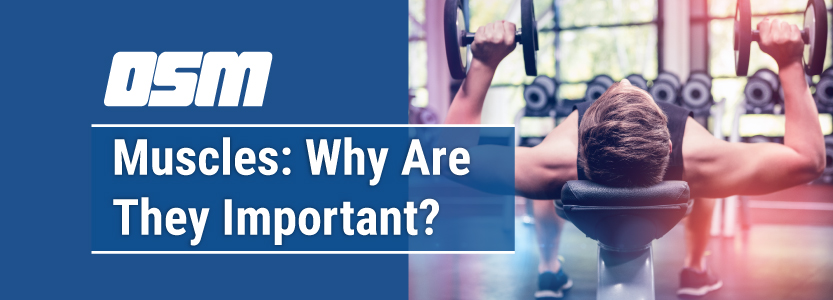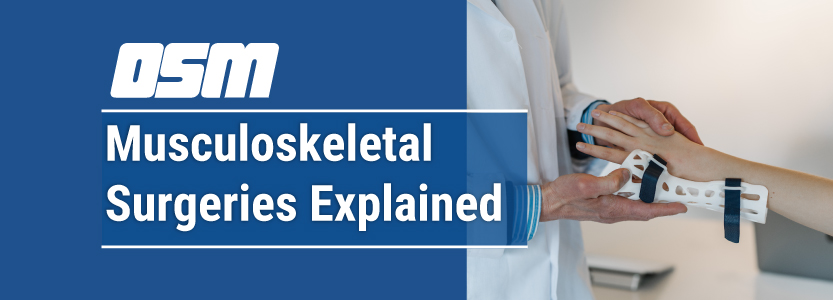Article featured on MedicalNewsTodayMuscles and nerve fibers allow a person to move their body and enable the internal organs to function.
There are more than 600 muscles in the human body. A kind of elastic tissue makes up each muscle, which consists of thousands, or tens of thousands, of small muscle fibers. Each fiber comprises many tiny strands called fibrils.
Impulses from nerve cells control the contraction of each muscle fiber. A muscle’s strength depends mainly on how many fibers are present.
To fuel a muscle, the body makes adenosine triphosphate (ATP), which muscle cells turn into mechanical energy.
Types of muscle
Humans and other vertebrates have three typesTrusted Source of muscle: skeletal, smooth, and cardiac.
Skeletal muscles
Skeletal muscles move the external parts of the body and the limbs. They cover the bones and give the body its shape.
As skeletal muscles only pull in one direction, they work in pairs. When one muscle in the pair contracts, the other expands, and this facilitates movement.
The muscles attach to strong tendons, which either attach to or directly connect with the bones. The tendons extend over the joints, and this helps keep the joints stable. A person in good health can consciously control their skeletal muscles.
Most visible body movements — such as running, walking, talking, and moving the eyes, head, limbs, or digits — occur when the skeletal muscles contract.
Skeletal muscles also control all facial expressions, including smiles, frowns, and mouth and tongue movements.
Skeletal muscles are continually making tiny adjustments to maintain the body’s posture. They keep a person’s back straight or hold their head in one position. Together with the tendons, they keep the bones in the right position so that the joints do not dislocate.
Skeletal muscles also generate heat when they contract and release, and this helps maintain body temperature. Nearly 85%Trusted Source of the heat that the body produces comes from muscle contraction.
Types of skeletal muscle
The two main types of skeletal muscle are slow-twitch and fast-twitch.
Type I, red, or slow-twitch muscles
These are dense and rich in myoglobin and mitochondria. They have capillaries, which give them their red color. This type of muscle can contract for a long time without much effort. Type I muscles can sustain aerobic activity using carbohydrates and fats as fuel.
Type II, white, or fast-twitch muscles
These muscles can contract rapidly and with a lot of force. The contraction is strong but short-lived. This type of muscle is responsible for most of the body’s muscle strength and its increase in mass after periods of weight training. Compared with slow-twitch muscle, it is less dense in myoglobin and mitochondria.
Striated muscles
Skeletal muscles are striated, which means that they consist of thousands of equally sized sarcomeres, or muscle units, which have transverse bands. A striated muscle appears striped under a microscope because of these bands.
When the bands in the sarcomeres relax or contract, the whole muscle extends or relaxes.
Different bands within each muscle interact, allowing the muscle to move powerfully and smoothly.
Smooth muscles
Smooth musclesTrusted Source are responsible for movements in the stomach, intestines, blood vessels, and hollow organs. The smooth muscles in the bowel are also called visceral muscles.
These muscles work automatically, with a person being unaware that they are using them. Unlike skeletal muscles, they do not depend on conscious thought.
Many different bodily movements depend on smooth muscle contractions. These include the intestinal walls pushing food forward, the uterus contracting during childbirth, and the pupils shrinking and expanding to accommodate the amount of light available.
Smooth muscles are also present within the walls of the bladder and the bronchi. The arrector pili muscles in the skin, which make the hair stand up, also comprise smooth muscle fibers.
Cardiac muscles
Cardiac muscle are responsible for the heartbeat and only exist in the heart.
These muscles work automatically without stopping, day and night. They are similar in structure to the skeletal muscles, so doctors sometimes classify them as striated muscles.
The cardiac muscles contract so that the heart can squeeze out blood and then relax so that it can fill up with blood again.
What can go wrong with muscles?
A wide range of problems can arise with muscles.
Some common ones are:
- A muscle cramp, or Charley horse: These can result from dehydration, low levels of potassium or magnesium, some neurologic or metabolic disorders, and certain drugs.
- Congenital muscle abnormalities: Some people are born with muscles or groups of muscles that are not properly developed. These abnormalities can be an isolated problem or part of a syndrome.
- Muscle weakness: Problems with the nervous system can impair the transmission of messages between the brain and muscles.
Muscle weakness
Muscle weakness can affect people with upper or lower motor neuron dysfunction or conditions such as myasthenia gravis that affect the area where the nerves join the muscle. Stroke, spinal cord compression, and multiple sclerosis can all also lead to muscle weakness.
If a person seeks medical help for muscle weakness, the doctor will carry out a physical examination and grade the strength of the person’s muscles before deciding whether additional tests are necessary.
They are likely to use the universal scale for testing muscle strength:
- 0: No visible muscle contraction
- 1: Visible muscle contraction with no or trace movement
- 2: Movement with full range of motion, but not against gravity
- 3: Movement with full range of motion against gravity but not resistance
- 4: Movement with full range of motion against at least some resistance that the examiner supplies
- 5: Full strength
If a doctor finds evidence of muscle weakness, they may order tests to identify the underlying problem. The treatment will depend on the cause.
If there is muscle pain, this may be a sign of infection or injury.
A person can often relieve the symptoms of a muscle injury using the RICE method:
- Rest: Take a break from physical activity.
- Ice: Apply an ice pack for 20 minutes several times a day.
- Compression: A compression bandage can reduce swelling.
- Elevation: Raise the affected part of the body to reduce swelling.
If a person experiences extreme and unexplained muscle pain or muscle weakness, especially if they also have difficulty breathing, they should see a doctor as soon as possible.
Developing muscles through exercise
Developing muscles through exercise can improveTrusted Source balance, bone health, and flexibility, and it can enhance strength and stamina.
People can choose from a wide range of physical activity options, but there are two main typesTrusted Source of exercise: aerobic and anaerobic.
Aerobic exercise
Aerobic exercise sessions are typically of long duration and require medium-to-low levels of exertion. This type of exercise requires the body to use the muscles at well below their maximum strength capacity. A marathon is an example of an aerobic activity with a very long duration.
Aerobic activities rely mainly on the body’s aerobic, or oxygen, system. They use a higher proportion of the slow-twitch muscle fibers. Energy consumption comes from carbohydrates, fat, and protein, and the body produces high quantities of oxygen and very little lactic acid.
Anaerobic exercise
During anaerobic exercise, the muscles contract intensely at a level nearer to their maximum strength. Athletes who aim to improve their strength, speed, and power will focus more on this type of exercise.
A single anaerobic activity lasts from a few seconds to a maximum of 2 minutes. Examples include weightlifting, sprinting, climbing, and jumping rope.
Anaerobic exercise uses more fast-twitch muscle fibers. The main fuel sources are ATP or glucose, and the body uses less oxygen, fat, and protein. This type of activity produces high quantities of lactic acid.
Anaerobic exercises will make the body stronger, but aerobic exercises will make it fitter.
To maintain healthy muscles, it is important to get regular exercise and to eat a nutritious, balanced diet, if possible.
The Academy of Nutrition and Dietetics recommends doing muscle-strengthening exercises for the major muscle groups — meaning the legs, hips, chest, abdomen, back, shoulders, and arms — at least twice a week.
People can strengthen the muscles by lifting weights, using a resistance band, or doing everyday chores, such as gardening or carrying heavy groceries.
Protein, carbohydrates, and fat are necessary for building muscles. The Academy suggests that 10–35% of total calories should be protein.
It recommends good quality, low fat carbohydrates, such as wholemeal bread, plus low fat milk or yogurt. Although fiber is important, it suggests avoiding high fiber foods just before or during exercise.
Summary
The human body contains hundreds of muscles, of which there are three different types. Each type of muscle plays a different role in helping the body move and function properly.
Muscle cramps and weakness can indicate an underlying medical condition or injury. Some people are born with muscle groups that are not properly developed.
Medical professionals recommend exercise for developing muscle strength. Maintaining strength in the muscles is important for various factors, including balance, flexibility, and bone health.

